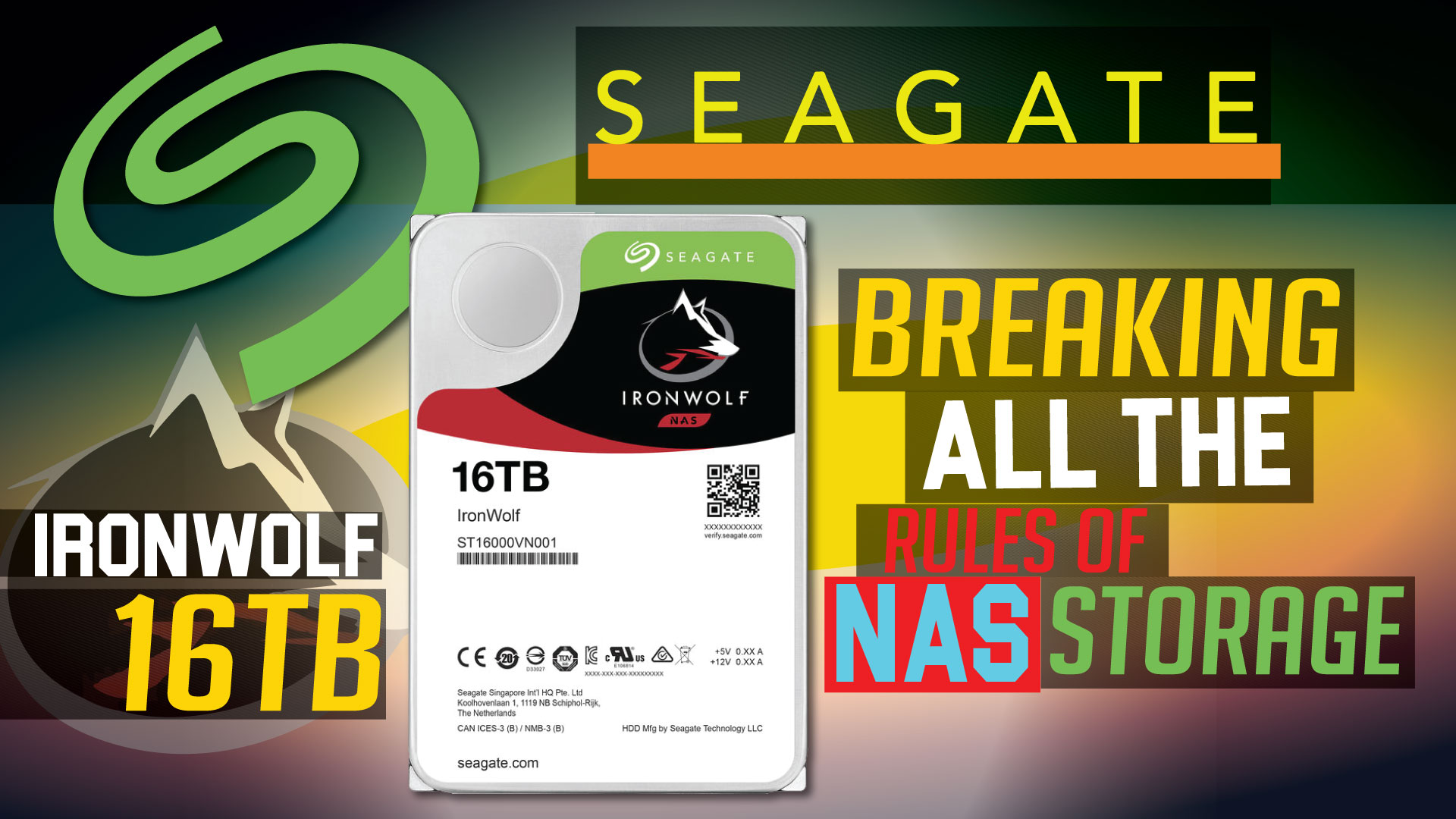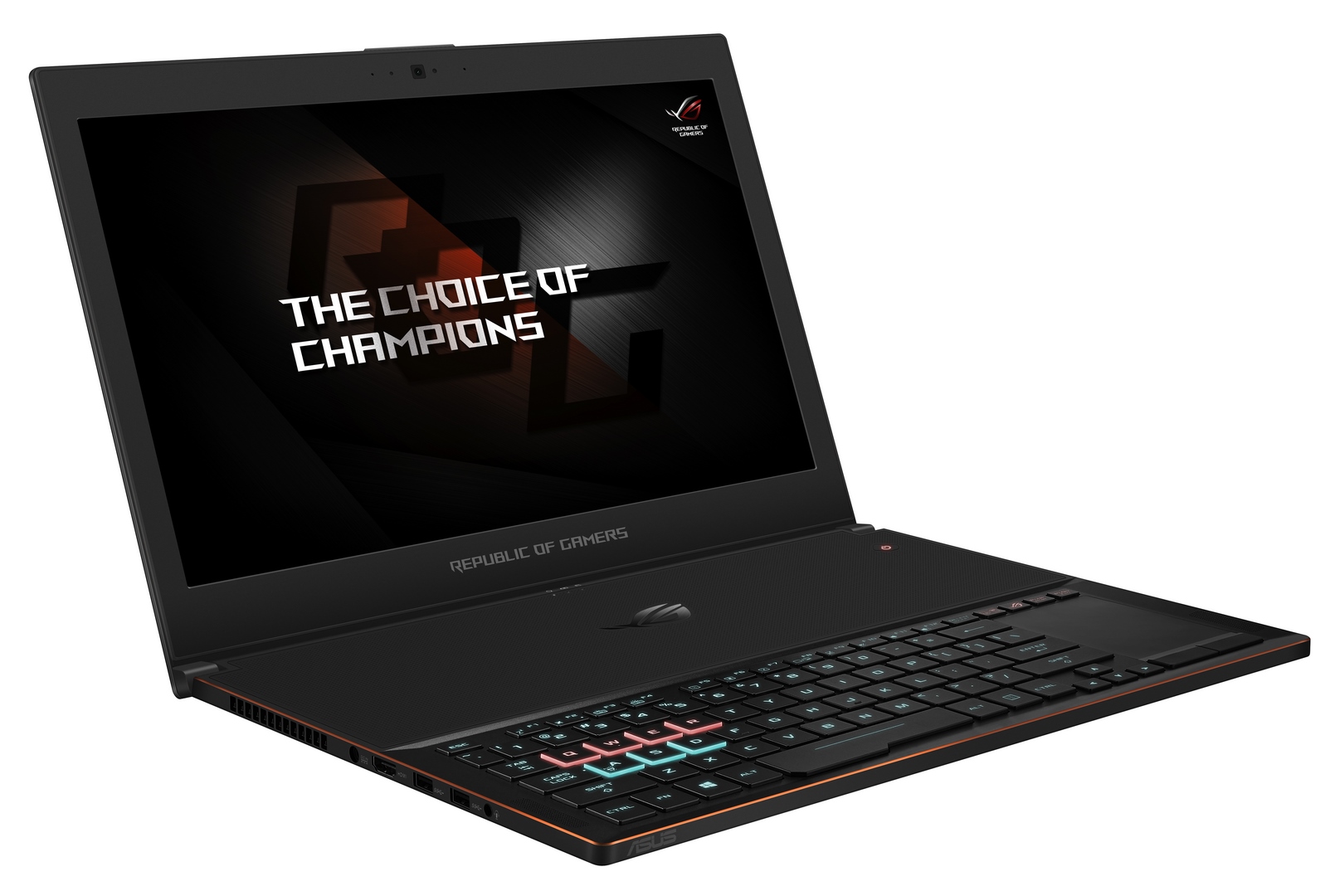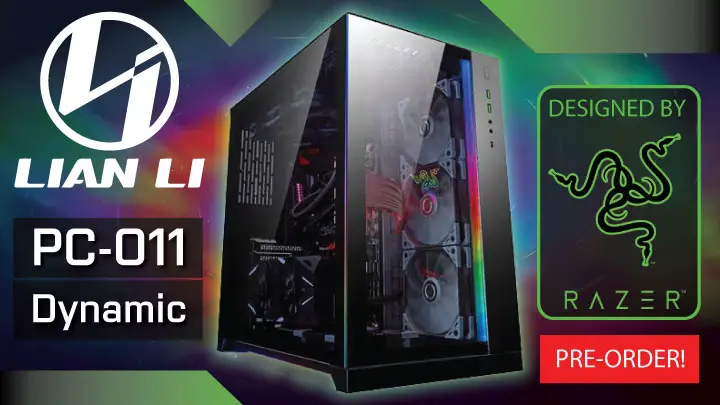With the new IronWolf 16TB capacity model buyers are going to be hard pressed to ignore what it has to offer and opt for more expensive options. Yes, the days of buying one for capacity (standard) and the other for performance (Pro) are now long, long gone. Both come with a ton of hardware level technology to ensure longevity. Both come with multi-core controllers backstopped by 256MB of MTC enabled RAM. Both are even quick for hard drives. While yes, the standard IronWolf 16TB is ‘only’ rated for a ‘mere’ 210MB/s instead of 250MB/s that is only telling part of the story. We have used many smaller capacity models in the past that boasted of well over 200MB/s or faster performance… but that was only for a rather tiny amount of capacity. The IronWolf 16TB really does not get ‘slow’.
How long does it stay above 200MB/s? Think over 8.5 Terabytes. For above 150MB/s? Think over 13.5 Terabytes. Even at 90 percent capacity (or a whopping 14.4TB of data on a single IronWolf drive) these wee beasties are still clocking in at 140MB/s. Mix in the fact that they have eighteen read/write TDMR heads and small file performance is basically in the same territory that was previously only found with ‘high performance’ models. This to us means ‘speed’ is rather relative to say the least and they may not boast the highest performance in the world but they are faster than the specifications would lead you to believe.
The same holds true in other critical areas. Yes, the standard IronWolf 16TB is ‘only’ rated for 180 Terabytes of writes per year. Yes, it only comes with a three-year warranty instead of five years. For the average Small Office / Home Office or home user these stats are all but meaningless as this drive is rated for 24/7/365 use, and 180TB is almost half a Terabyte worth of writes per day. Good luck doing that consistently for three years straight – especially in 4 drive RAID arrays. So instead, what is going to be important for its intended customer base is the asking price. With an asking price of $480, or 3 cents per GB, this is right in the range of reasonable for those looking to upgrade drives that are a couple years old. In fact, it is basically the same price per GB as what the smaller models went for before it was released.
With the standard IronWolf series there really is no major increase in asking price for opting for this new ‘flagship’ capacity model instead of the smaller 12TB or 14TB models. So much so that there is actually a very good argument to made for going for this Godzilla sized drive over the smaller models. After all, with 16TB on tap you can easily replace two older 6-8TB drives with one of these, not notice a difference in NAS array performance and yet the new array will require less electricity, create less noise, create less waste heat… and you will still have the freedom and flexibility to upgrade the array later to even higher capacity and performance without having to buy a bigger NAS appliance. Mix in the low, low price per Gigabyte and that is one heck of an argument for standard IronWolf series over more expensive options.
Quite honestly with their near perfect performance scaling in and out of RAID configurations the toughest decision the average buyer will have is not whether to buy an IronWolf… it will be how many to purchase. One will more than take care of the average user’s storage capacity needs, two will take care of the average home user’s NAS needs, and eight will darn near cover off the majority of SOHO NAS needs to say the least. Congratulations Seagate on creating such a highly versatile new model. One whose overall value is as impressive as the cavernous capacity it offers.


The Review
Seagate IronWolf 16TB
We are not exactly sure how Seagate was able to cram a ninth platter into a standard 3.5-inch form-factor chassis… but the results do speak for themselves.











